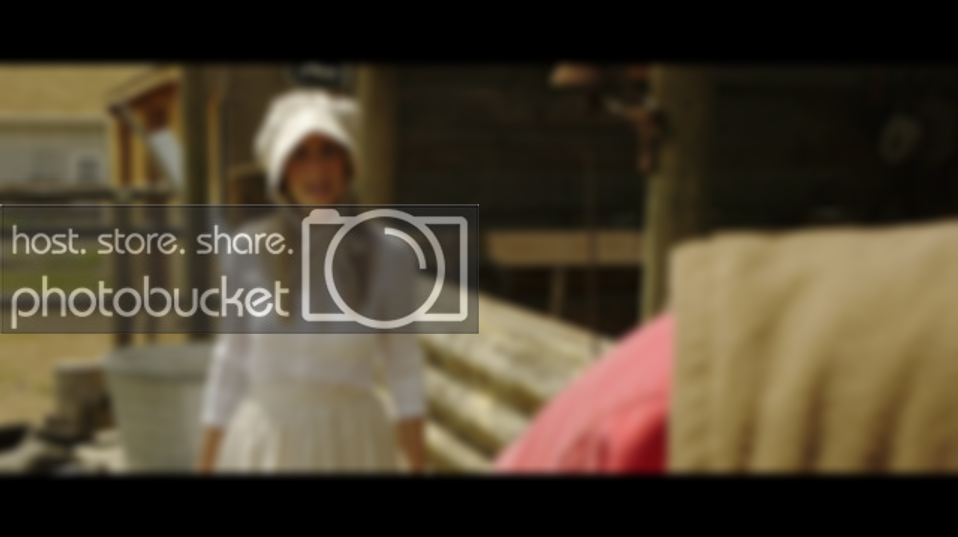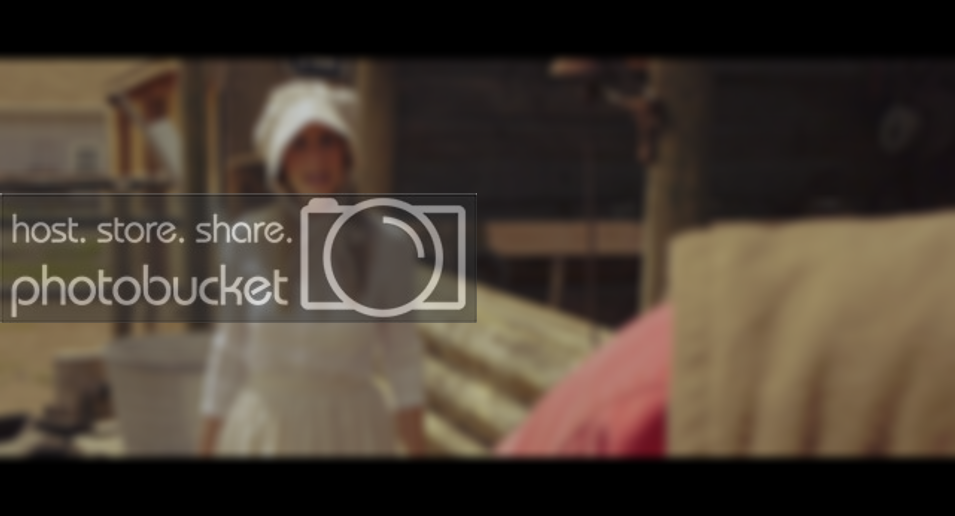I'm sorry this is such a broad question. By "film look", I don't necessarily mean something that looks as if it was shot on film, but rather something that looks like it could play in theaters (whether it be digital or traditional)
I was watching a few short films on YouTube the other day, and I noticed that none of them really had that "film look". I couldn't quite put my finger on what it was about them; they were all sharp, high definition, had obvious color correction (maybe a bit too much) and sounded fine. Nonetheless though, I couldn't picture any of them playing in a movie theater. Something was simply "off". Below are some random short films I picked to illustrate my point (note: I am NOT saying these films are bad; I actually enjoyed watching them)
http://m.youtube.com/watch?v=sdbaD8OOxfA
http://m.youtube.com/watch?v=JFDAvcwDPTA
http://m.youtube.com/watch?v=17IyGPJuH0g
Could someone enlighten me on this? Why is it that even when a lot of the same tools are used, you can tell almost immediately whether a film is movie-theater quality (even small art-house quality) or something only suitable for YouTube (an amateur film)? What is it about that sense you get within seconds of watching a film that tells you "I should check my local theaters to see if this movie's playing" or "this couldn't play in a movie theater." Is this a problem with the actual footage? Or is it something about post production
Thanks!!
I was watching a few short films on YouTube the other day, and I noticed that none of them really had that "film look". I couldn't quite put my finger on what it was about them; they were all sharp, high definition, had obvious color correction (maybe a bit too much) and sounded fine. Nonetheless though, I couldn't picture any of them playing in a movie theater. Something was simply "off". Below are some random short films I picked to illustrate my point (note: I am NOT saying these films are bad; I actually enjoyed watching them)
http://m.youtube.com/watch?v=sdbaD8OOxfA
http://m.youtube.com/watch?v=JFDAvcwDPTA
http://m.youtube.com/watch?v=17IyGPJuH0g
Could someone enlighten me on this? Why is it that even when a lot of the same tools are used, you can tell almost immediately whether a film is movie-theater quality (even small art-house quality) or something only suitable for YouTube (an amateur film)? What is it about that sense you get within seconds of watching a film that tells you "I should check my local theaters to see if this movie's playing" or "this couldn't play in a movie theater." Is this a problem with the actual footage? Or is it something about post production
Thanks!!



 )
)





